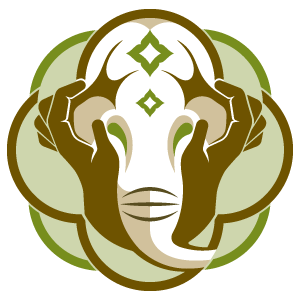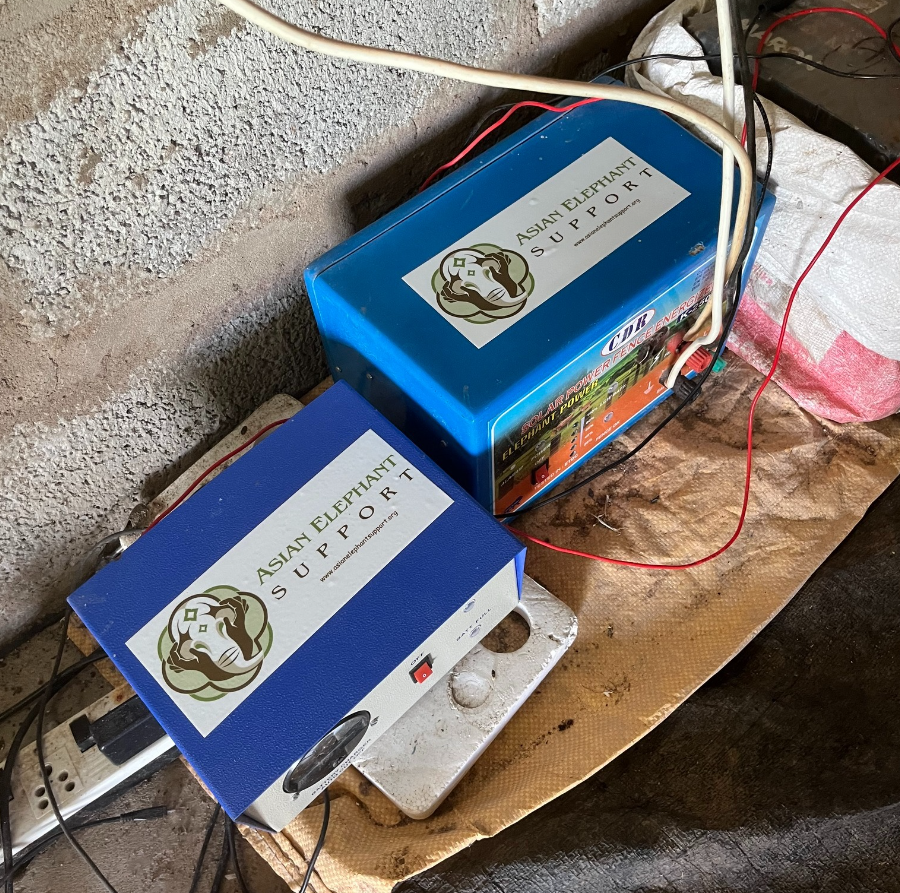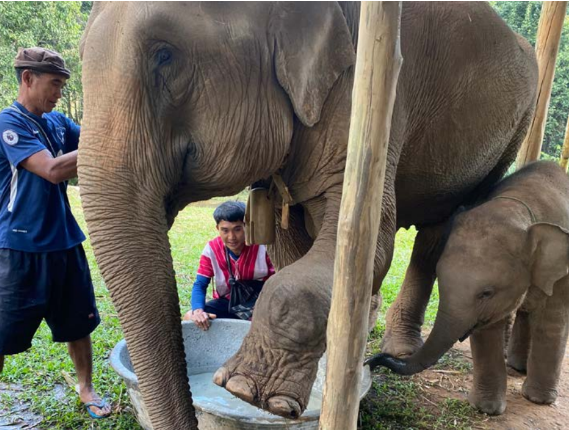Across Asia, illegal snares set to trap animals cause severe injuries, even death, to many species including elephants.
Rescued elephant being escorted to camp
Recently, the Myanmar Emergency Elephant Response Unit (EERU) in Ayeyarwaddy region found a young wild elephant whose front leg was seriously injured after being caught in an illegal snare. The EERU team safely rescued the elephant and brought it to camp for treatment. The elephant is now under the expert care of EERU Veterinarians and staff.
Treatment of the seriously injured leg
We are so grateful for the efforts of the EERU Veterinarians and staff in Myanmar who work tirelessly to provide care for endangered Asian elephants. Thank you to all partners!
With YOUR HELP we can support emergency responses and rescues by contributing to veterinary care and supplemental food for these rescued elephants.













































